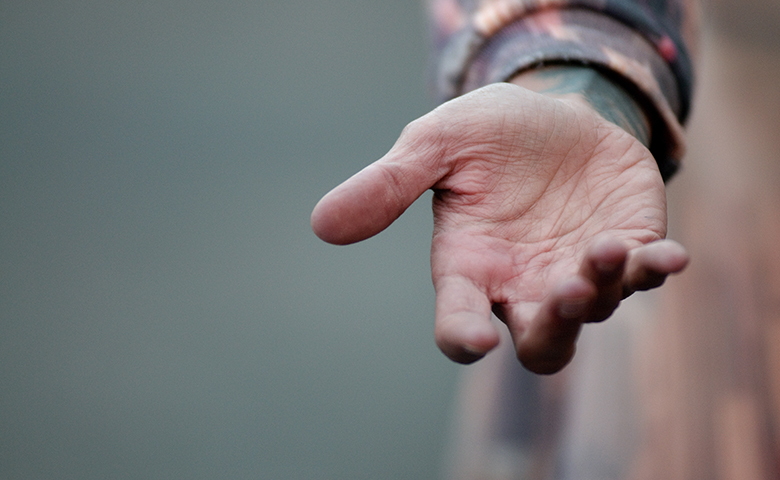The hand contains hundreds of bones, joints, muscles, tendons and ligaments, which makes it one of the most intricate parts of the body—and hand safety is just as complex. Our hands are involved in almost every single task we do, and it can be incredibly challenging to protect them from injury.
A new hand safety guide titled “Show of Hands: Insights and Strategies to Prevent Hand Injuries” takes a deep dive into the data behind hand injuries, uncovering some surprising results. It also outlines five major interventions that can lead to transformative safety outcomes in your efforts to protect workers’ hands, fingers and wrists.
The guide begins by reviewing a plethora of injury data, demonstrating the serious problem posed by hand injuries. Hands are the second-most frequently injured body part, according to the Bureau of Labor Statistics, and the National Safety Council’s Injury Facts shows that injuries can be both expensive and lead to extended periods away from work. So it’s clear from the outset: being serious about safety means being serious about hands.
However, there’s a notable gap in the information that’s publicly available—little data exists on how safety professionals view hand safety. To fill in that missing knowledge, SafeStart conducted a survey that explored the prevailing attitudes, beliefs and approaches to protecting hands. You’ll need to read the guide for the full results, but here are a few highlights:
- Safety folks spend a great deal of time and effort on audits, walkthroughs and observations.
- Safety culture is widely understood to play a role in influencing PPE compliance, including the proper use of safety gloves.
- Refreshed training—along with knowledge reinforcement tactics like toolbox talks and one-on-one conversations—are staples of workplace hand safety programs.
Another revelation from the survey: there is a major disconnect between how safety professionals view distraction and how they deal with it. Many respondents noted that distraction is a major problem that can lead to hand injuries. Meanwhile, more than one in five people said they did not take any active steps to reduce distraction in the workplace.
The hand safety guide offers practical advice along with its data and research insights, presenting five interventions that can have a dramatic impact on reducing hand injuries in the workplace and beyond. Some of them are unsurprising. It should come as no shock at all that the guide recommends ensuring you have a strong PPE program that includes robust hand safety components. But other recommendations serve to open your eyes to the wider world of hand safety, which might not always gel with one’s knee-jerk intuition.
For instance, 83% of survey participants had witnessed hand injuries occur when workers were wearing gloves, a clear sign that hand safety requires a lot more than just protective equipment. The additional insights—from a close look at safety climate to surprising insights about frontline supervisors, human factors and more—offer a complete picture of how you can take your hand safety program from mediocre to magnificent.
Chock-full of insights and practical steps you can use to ameliorate your hand injury rate, “Show of Hands: Insights and Strategies to Prevent Hand Injuries” is essential reading. If nothing else, it can help you feel like you have a better handle on the state of workplace hand injuries. From there, you’ll have a good sense of how your hand safety program stacks up to other workplaces, better preparing you to protect your employees’ paws, from the heels of their palms to the tips of their fingers.

